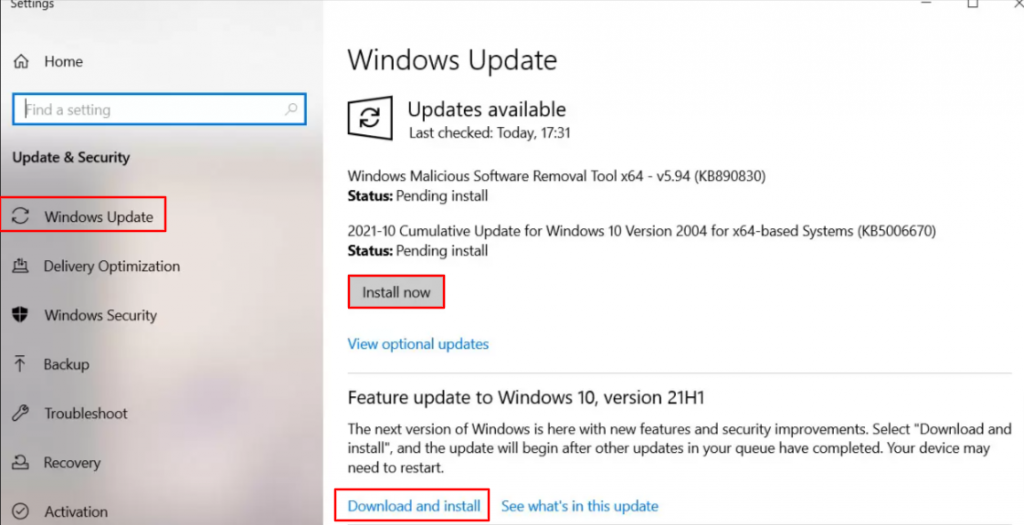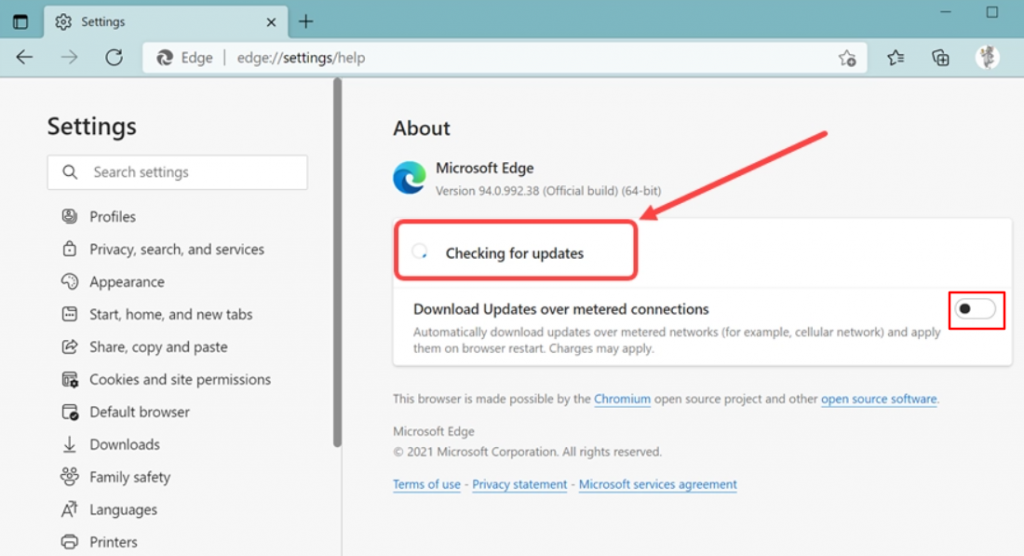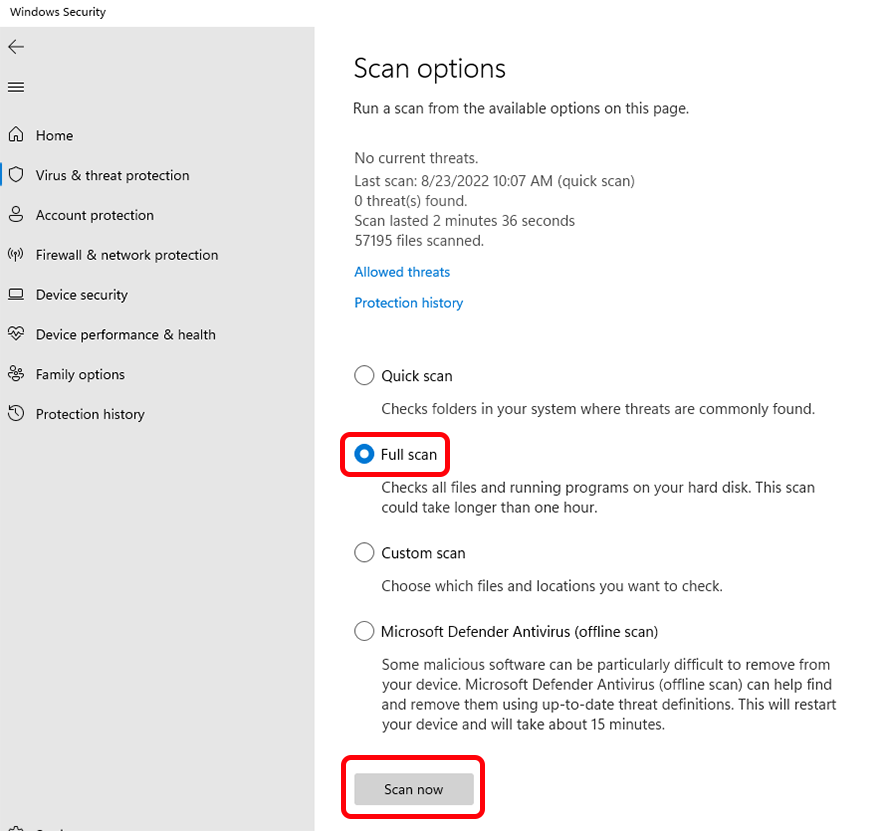How to Fix Msedge.exe Error in Windows?

MS Edge is a proprietary browser software from Microsoft. It is highly used on Windows operating systems due to its excellent compatibility and performance. However, sometimes it can show you some errors, which can be resolved within minimal time.
Here, you will find a brief on all such errors, their causes, and how you can resolve them.
A Brief Insight To msedge.exe and Associated Errors
The term or name “msedge.exe” denotes the executable file used to run and execute the processes of the Microsoft Edge browser. When you use the MS Edge for any purpose, the msedge.exe file runs in the background.
In addition, you can consider msedge.exe as a core component of the browser. If you accidentally delete this file or it’s not present on your system, the MS Edge browser will not even open.
Moreover, the corruption or any such case of this file can cause the following errors:
Application Error
This error occurs when the msedge.exe file is broken, infected by malware, or some other application is interrupting its functionality. It can lead the browser to crash and lose its data.
Not Found msedge.exe Error
The not found error happens when the system is unable to discover and run the msedge.exe file. As a result, the browser will not open until the file is not discovered.
Extensive CPU Usage error
When the MS Edge browser starts to use extensive CPU resources, the system issues an alert for the user. Such utilization leads to slower system speed, performance, heating, and lagging issues.
Recommended: How To Fix Antimalware Service Executable (MsMpEng) High CPU Usage?
The Root Causes of msedge.exe Errors
The following are some of the primary root causes that lead to the msedge.exe errors occurring and creating roadblocks to efficiently accessing and using MS Edge.
1: Malware Infection
Malware is way deadlier than it seems. It can corrupt, delete, and encrypt the msedge.exe file to cause not found an application error. In addition, if it’s spyware or backdoor malware, it can use the browser to transfer data to the attacker, leading to high CPU usage without being detected.
2: Software Confliction
When MS Edge uses a third-party application, plugin, or extension, it can trigger application errors due to incompatibility with them. Due to this, the system can overheat, more CPU cores can be utilized, and the browser can even crash unexpectedly.
3: Usage of Outdated Software
An outdated version of msedge.exe can cause numerous issues on your system. It can cause browsers to lack security, incompatibility with the operating system, irrelevant CPU usage, and executable errors.
In addition, it can stop the users from installing extensions and plugins required to complete their work. Attackers can also leverage it to access your system and perform malicious activities.
4: Corrupted Executable File
Corrupted files are a primary reason for errors not being found. When the file gets corrupted, it gets difficult for the system to discover and run it to open the MS Edge browser. The file can be corrupted due to incompatibility, hardware, outdated drivers, and frequent system crash issues.
6 Significant Ways To Resolve msedge.exe Errors
Now, let’s look at some of the significant ways to resolve the errors and issues associated with msedge.exe.
#1: Update the Operating System
Updating the operating system will help you eliminate the application error. It will ensure that all the applications work seamlessly and there’s no conflict between them. To update the Windows OS, you should perform the following process.
Step 1: Use the “Windows” key and search for “check for updates“.
Step 2: Click “Check for Updates” option with an icon of arrows in circular motion.
Step 3: You will view a new window with the button “Check for updates” Click on that button.

Step 4: If any update is available, the system will show you. Otherwise, the current status of the Windows update will be displayed.
Step 5: If the OS finds an update, download and install it.
#2: Install the Latest MS Edge Version
There are two ways to use the latest version of Microsoft Edge browser. The first is to uninstall the current browser and avail of and install the latest version from the Microsoft website. The second approach is as follows:
Step 1: Open your Microsoft Edge browser.
Step 2: Use the three-dots icon to open the menu.
Step 3: Select “Help & Feedback” >>> “About Microsoft Edge”.
Step 4: The MS Edge browser will check for updates and install them automatically.

#3: Conduct PC Registry Fixture
Fixing the PC registry is also a relevant and considerable approach to fixing the msedge.exe issues. For this, you need to follow the below process:
Step 1: Run the CMD with administrative permissions.
Step 2: Run the command SFC /scannow
Step 3: Once the process completes, restart your system to validate the error status.
#4: Perform DISM RestoreHealth Process
The DISM RestoreHealth is another option to fix the msedge.exe errors. To do so, follow the below steps.
Step 1: Open the Command Prompt (CMD) with administrative access.
Step 2: Execute the following command and hit the “Enter” key.
DISM /Online /Cleanup-Image /restorehealthStep 3: Restart the system after the process is completed, and your error will be resolved.
#5: Modify to Right Access Settings
Sometimes, when the MS Edge browser doesn’t have the right access permission, it displays an error to users. To resolve them, execute the following steps.
Step 1: Right-click on the MS Edge browser icon and click on the “Properties” option.
Step 2: Go to the “Security” tab >>> “Advanced”.
Step 3: Click on the “Change”.
Step 4: In the space provided, input the account name and click on “Check Names” then click on “OK“
Step 5: Open your MS Edge browser and check whether the error is resolved.
#6: Scan the Full System
Scanning the complete system will help you find and eliminate malware from the operating system. To perform scanning, you can use the built-in Windows Defender or a third-party security solution.
To use Windows Defender, go through the following process:
Step 1: Hit the “Widows” key, search for Windows Defender, and open it.
Step 2: Under the scan options, select “Full” and click on “Scan Now”

Step 3: If any malicious file is detected, the Windows Defender will delete or quarantine it.
Step 4: Open the MS Edge browser and check its functionality.
Additional Cautions To Prevent msedge.exe Errors in the Future
Besides the approaches to fix msedge.exe errors, you can consider the following points never to let any errors occur.
- Constantly update your operating system and MS Edge browser.
- Frequently check the system for malware and remove it.
- Be cautious while deleting files to prevent msedge.exe deletion.
- Download and install the legit MS Edge file. Prefer the installation package signed by the publisher using an authentic code signing certificate.
- Follow safe browsing guidelines and prevent download of third-party and cracked software versions.
Concluding Up
The msedge.exe file is a crucial part of the Microsoft Edge browser. Sometimes, it can trigger not found, application, and high CPU usage errors. The reasons behind such issues can be file corruption, outdated software, incompatible applications, and malware.
Therefore, to resolve such errors, you should try to update your OS and browser version, perform the PC registry fixture, and all other mechanisms as provided above. As a result, you will be able to enjoy a seamless MS Edge browser experience.
“Protect your Software & Application Code from against Tampering“
Code Signing Certificates ensure the software integrity and authenticity and Get rid of the Unknown Publisher Message and Other Security Warning from Windows.
